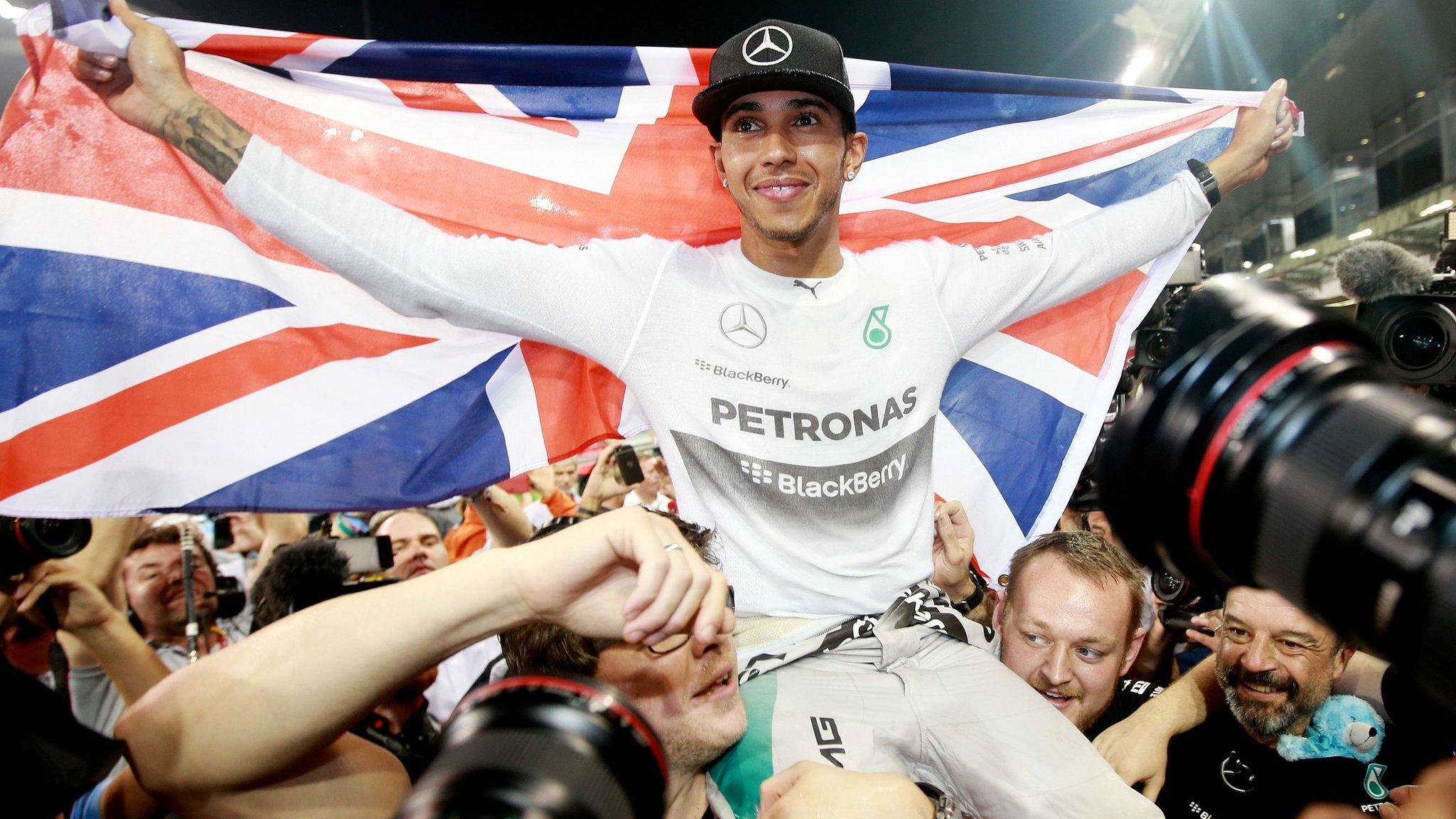Australian GP: Sauber and Alonso dominate Melbourne agenda
- Published
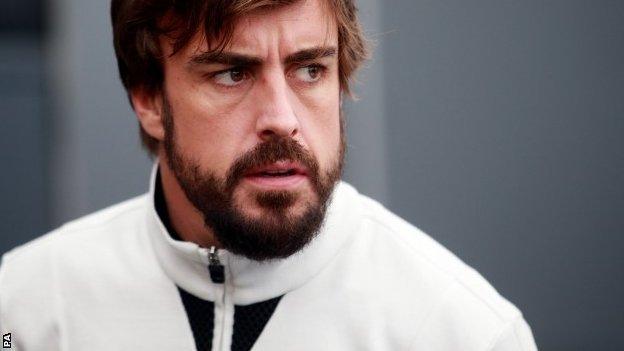
Alonso has not missed a grand prix weekend since the start of the 2003 season
The satisfying and comfortable familiarity of arriving at Melbourne's Albert Park for the Australian Grand Prix was accompanied this year by a strange sense of dislocation. A feeling that, for once, the focus was elsewhere.
The usual start-of-term chat about title contenders and F1 politics were forced into the background by events in a Melbourne courtroom and the glaring absence of one of the sport's biggest stars.
The intrigue behind the scenes is an inextricable part of the fascination of F1 but there are times when it threatens to overshadow the sport itself.
And that is exactly what has happened so far this week, as Sauber fight a legal battle over who exactly will be driving their car this weekend, and questions remain over exactly what happened in the crash that caused Fernando Alonso to miss a race weekend for the first time in 12 years.
The ramifications of those two situations dominated paddock conversation when the F1 circus reconvened on Thursday.
Partly this might be because everyone is already pretty certain what is going to happen when the cars take to the track on Friday morning.
First and foremost, that is confirmation that Mercedes are again the team to beat.
So superior did the world champions appear during pre-season testing that McLaren driver Jenson Button said on Thursday that Mercedes were "so strong that at the moment you would say you can't really see anyone else winning for the first six races, or at least the first four 'flyaways'".
Chief F1 writer Andrew Benson on the Australian GP |
|---|
"It's hard to think of a better place to start the season than Melbourne and somehow it would not seem right if the opener was anywhere else. |
It's an awfully long way to go for a motor race but the reward is a vibrant, fun city, a view of Port Philip Bay, and one of the loveliest venues on the calendar. |
The autumn leaves are just starting to fall in Albert Park when Formula 1 pops by, the air is scented by pine and eucalyptus and the atmosphere crackles with anticipation of the season ahead. And the track, a mix of street and road circuit, with walls ever close, pretty much guarantees action of one kind or another." |
Behind Mercedes, there are plenty of unknowns. Are Red Bull, Williams and Ferrari really as closely matched as it appears? Could an apparently revived Lotus join them? What can Manor achieve after fighting back from close to oblivion to make it down here against all the odds?
But all anyone seemed to want to talk about on Thursday was Sauber and Alonso.
As far as Sauber are concerned, beyond the immediate question of who will be driving their cars this weekend was a far larger one - how serious could their dispute with Giedo van der Garde be for the future of the team?
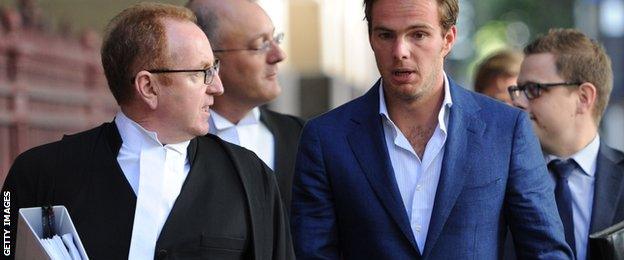
Giedo van der Garde says he had an agreement to race for Sauber this season, a claim supported by the Victoria Supreme Court
It is no secret that Sauber are in a difficult financial situation, no secret either that the reason they eventually plumped for Felipe Nasr and Marcus Ericsson as their drivers was because they brought the biggest budgets.
A combined 40m euros from the Brazilian and the Swede was enough for Sauber to feel that their best course of action was to ignore the perfectly valid contract they had already concluded with Van der Garde, who also brings a multi-million budget, just not quite as many multi-millions as the other two.
However the unseemly dispute is solved, someone will have to be compensated, and one of the many unanswered questions that arises is whether the team have the liquidity to settle it.
In the normal course of events, the exact extent of the trouble McLaren-Honda are in after a pre-season programme that was little short of disastrous would also be at the top of the news agenda.
But as bad as things look for a team that has pretensions of battling for world championships, the uncertainty over Alonso overshadows it by far.
The two-time champion, who vies with world champion Lewis Hamilton as F1's biggest name, is missing this race on medical advice following his testing crash last month.
The Spaniard suffered concussion when his McLaren hit the wall at Turn Three at the Circuit de Barcelona-Catalunya on 22 February and doctors advised him that racing here in Australia, fewer than 21 days later, was too big a risk.
That much is understandable. Less so is the continuing uncertainty over exactly why Alonso crashed.
McLaren continue to say that they have found no evidence of any failure in the car, and they have shown a comprehensive report on the accident to governing body the FIA.
This report runs to nearly 40 pages, and includes extensive analysis of the information revealed by the telemetry on the car. But it does not apparently come to any firm conclusions about what happened. And so the reasons for Alonso hitting the wall remain a "mystery", as more than one senior figure described the situation on Thursday.
"We are working with McLaren and our medical department is still looking at all the information we can find," FIA race director Charlie Whiting said in a news conference.
"We are still talking to McLaren about anything mechanical. Our medical department is talking to people who treated him in hospital and that is really all I can say on that."
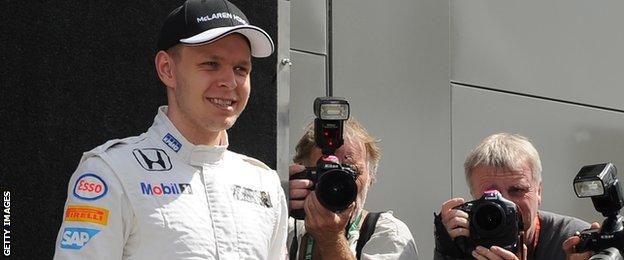
Kevin Magnussen will deputise for Fernando Alonso at McLaren this weekend
The uncomfortable implication of all that is that it implicitly shifts blame for the accident on to Alonso himself.
But was this a simple mistake, caused by going too fast and being slightly off line, or did he suffer some kind of medical problem in the car? If so, what kind of implication does that have for his future career?
Insiders who have seen the video say that the crash looks "odd" - in the indistinct CCTV footage it appears as if the car simply turns towards the wall, they say.
But after extensive tests, Alonso's doctors are said by McLaren to have found nothing amiss.
And medical experts say that the theories being bandied about - that he might have had some kind of cerebral malfunction, perhaps a temporary loss of vision - do not fit with the facts as they are known, particularly that Alonso was braking up until the moment of impact.
It is highly unusual in this age of computers, of sensors on every part of the car constantly feeding back data to team, for any crash to remain unexplained. But more than one senior figure said on Thursday that this one might remain so forever.
Alonso himself is at his home in Dubai, and is said by insiders to be "desperate" to get back in the car as soon as possible. Certainly it looks that way, judging by some of the tweets about his physical training the 33-year-old has issued in recent days.
But the questions remain, swirling uncomfortably over both McLaren and F1 itself.
Whoever wins on Sunday, and it will almost certainly be one of the Mercedes drivers, it will not be a result that disperses the questions over Alonso - they will continue until he is back in a McLaren.
In theory that will be in Malaysia in two weeks' time.
If Alonso is not racing there either, for whatever reason, what is already an uncomfortable situation for McLaren and their star signing risks becoming a full-blown crisis.
- Published12 March 2015
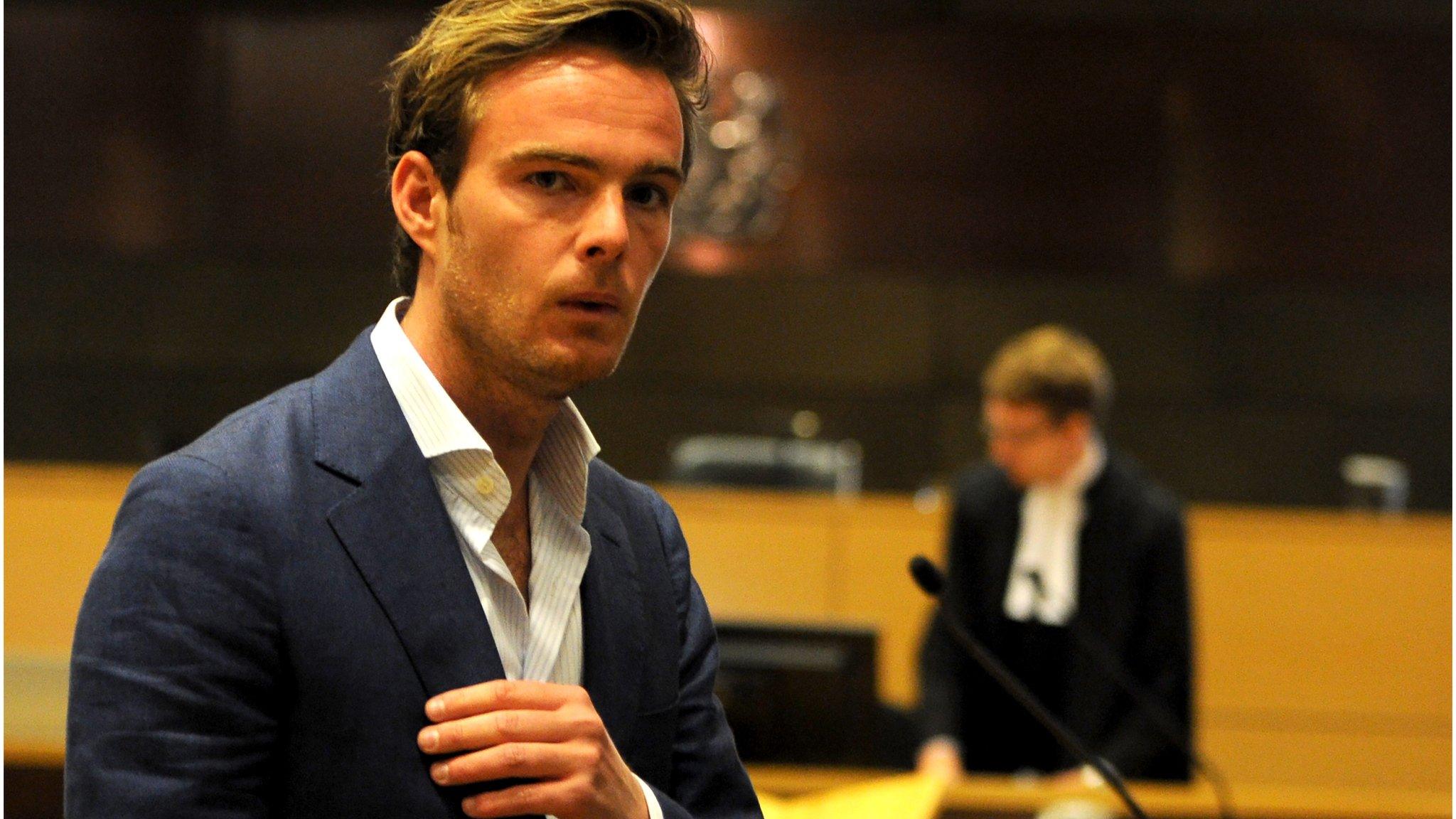
- Published12 March 2015

- Published11 March 2015

- Published18 December 2015

- Published2 November 2018

- Published26 February 2019

- Published23 November 2014
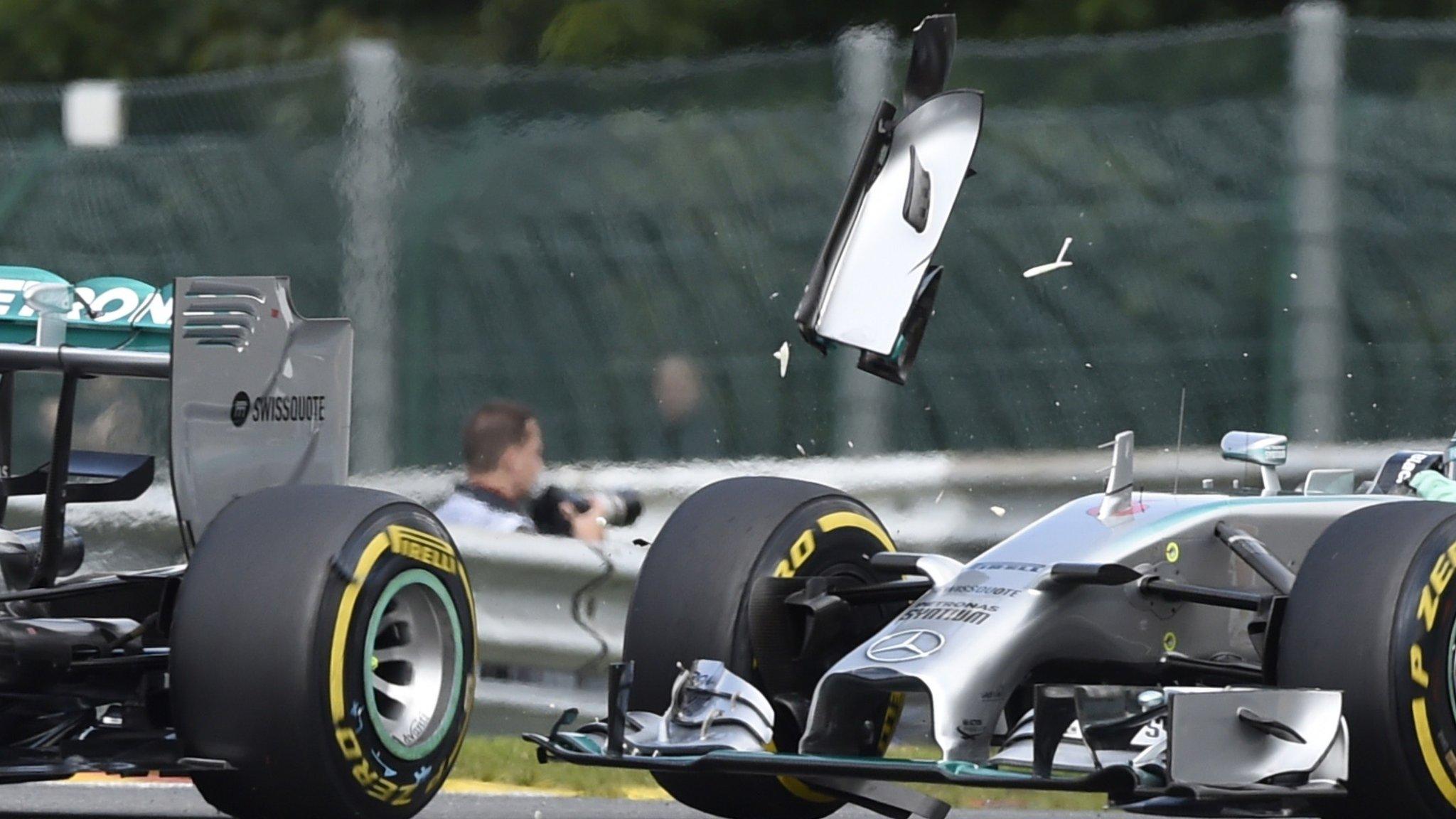
- Published23 November 2014
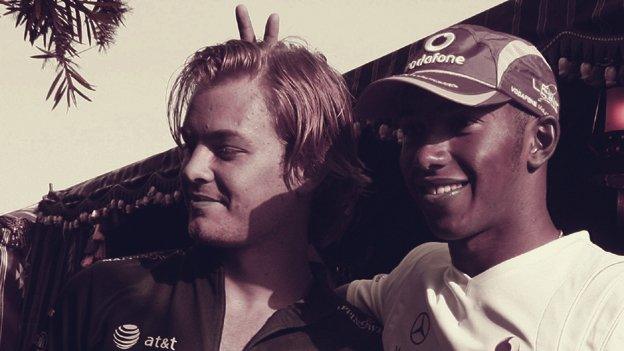
- Published18 February 2015
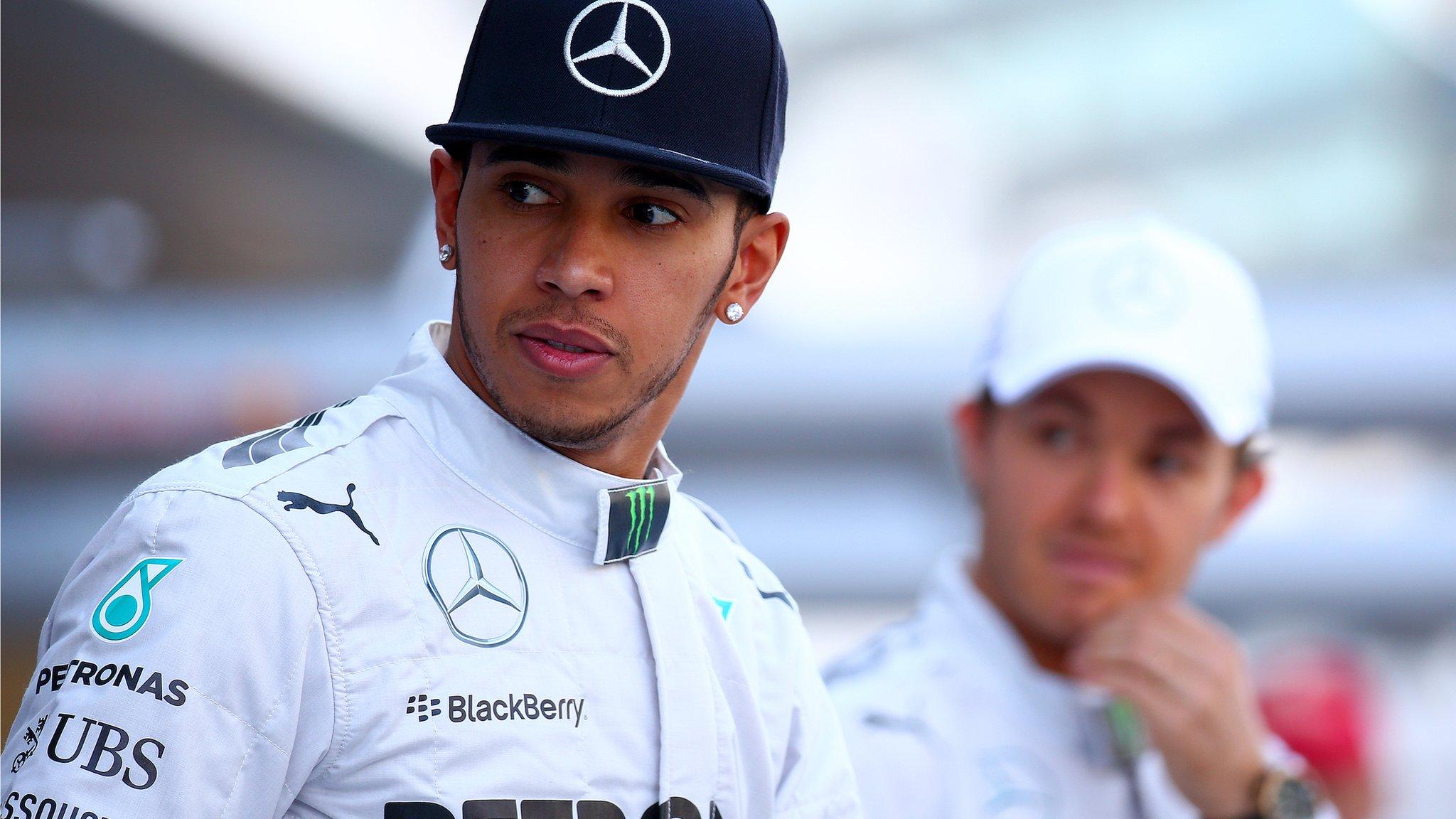
- Published23 November 2014
